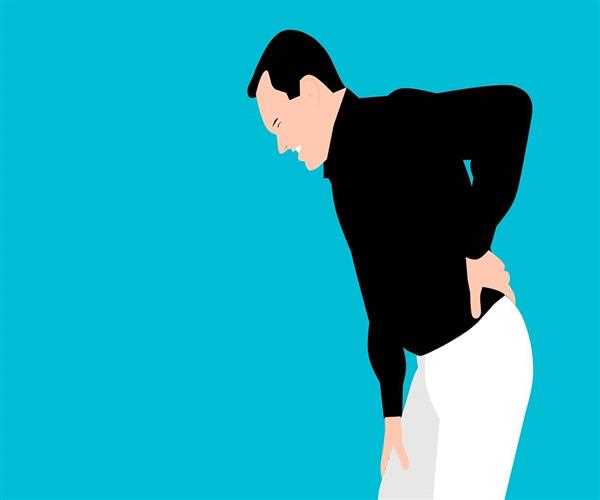Your spinal column has a lot on the line. It is the major structural support of your body. It must keep you steady enough to stand erect while allowing you to move about. As a result, it's no wonder that people have back pain from time to time.
Sore muscles, ligaments, and tendons, as well as herniated discs, fractures, and other disorders in your upper, middle, and lower back, can cause pain. The results might sometimes be felt immediately soon. Back issues, on the other hand, frequently develop with time.
Causes
Back issues are frequently caused by unhealthy behaviors, such as:
- Poor posture, such as sitting at a desk and behind the wheel wrongly
- Overdoing it or repeating the same move
- Carelessly pushing, dragging, and lifting items
The spine is made up of 24 bones known as vertebrae. When seen from the side, a normal spine is S-shaped. It bends backward at the shoulders and more inward at the neck and lower back. It covers and contains your spinal cord, which is a network of nerves that transmits feeling and controls movement throughout your body.
Additional Symptoms
Back discomfort, whether it's a dull ache or a shooting agony, is one indication that something is wrong with your back. You could also experience sensations in your legs or arms:
- Pain that radiates
- Numbness
- Tingling
- Weakness
- Uncontrollable peeing or pooping, or the inability to urinate, as well as muscular weakness, may indicate a significant condition such as spinal cord compression. Immediately contact your physician.
Diagnosis
You should consult a physician:
- Following an injury, such as a fall or an accident
- When your discomfort interferes with your normal activities
- If it persists for more than six weeks or spreads,
Unless you are unable to move, your doctor will assess your range of motion and nerve function during your examination. That may be sufficient information to determine where to go next.
Imaging studies such as X-rays, an MRI, or a CT scan may be required. However, they aren't always helpful, and there isn't always a clear correlation between the findings of these examinations and the severity of the pain.
Prevention
Exercise! Strengthening the muscles in your core and around your spine can help you stay balanced and steady. Walking is a terrific low-back exercise that is very simple to execute.
Maintain proper posture. When you sit, stand, or walk, maintain your ears, shoulders, and hips aligned as a general guideline. Lift heavy objects appropriately, with your back straight and your hips and knees providing force.
With a medium-firm mattress, try sleeping on your side.
Avoid smoking. It reduces blood flow, preventing nutrients and oxygen from reaching your muscles and tissues.




Leave Comment